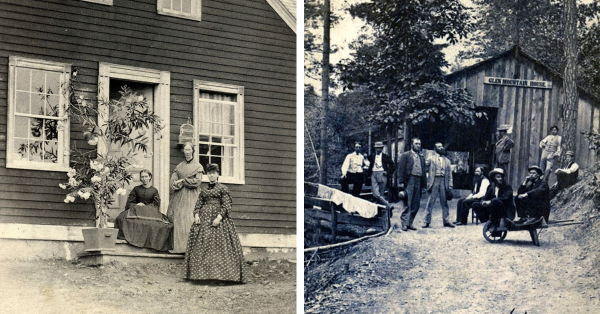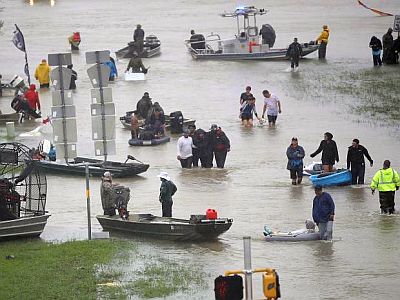Paul Rosenberg – If we wish to grasp American life in the 19th century, it’s probably best to start by understanding that when America was young, it had no myth. Once we really understand that, the rest falls into place fairly easily. Here’s how Alexis de Tocqueville (in National Character of Americans) described it in the 1830s:

Born often under another sky, placed in the middle of an always moving scene, himself driven by the irresistible torrent which draws all about him, the American has no time to tie himself to anything, he grows accustomed only to change, and ends by regarding it as the natural state of man. He feels the need of it, more he loves it; for the instability; instead of meaning disaster to him, seems to give birth only to miracles all about him. Continue reading

 Conservative Zone – A little more than a week ago, the news headlines were dominated by stories of hatred, violence, racial divides, protests, and death. After Hurricane Harvey made landfall bringing with it an onslaught of rain devastating Southern Texas, the narrative began changing for the better.
Conservative Zone – A little more than a week ago, the news headlines were dominated by stories of hatred, violence, racial divides, protests, and death. After Hurricane Harvey made landfall bringing with it an onslaught of rain devastating Southern Texas, the narrative began changing for the better.